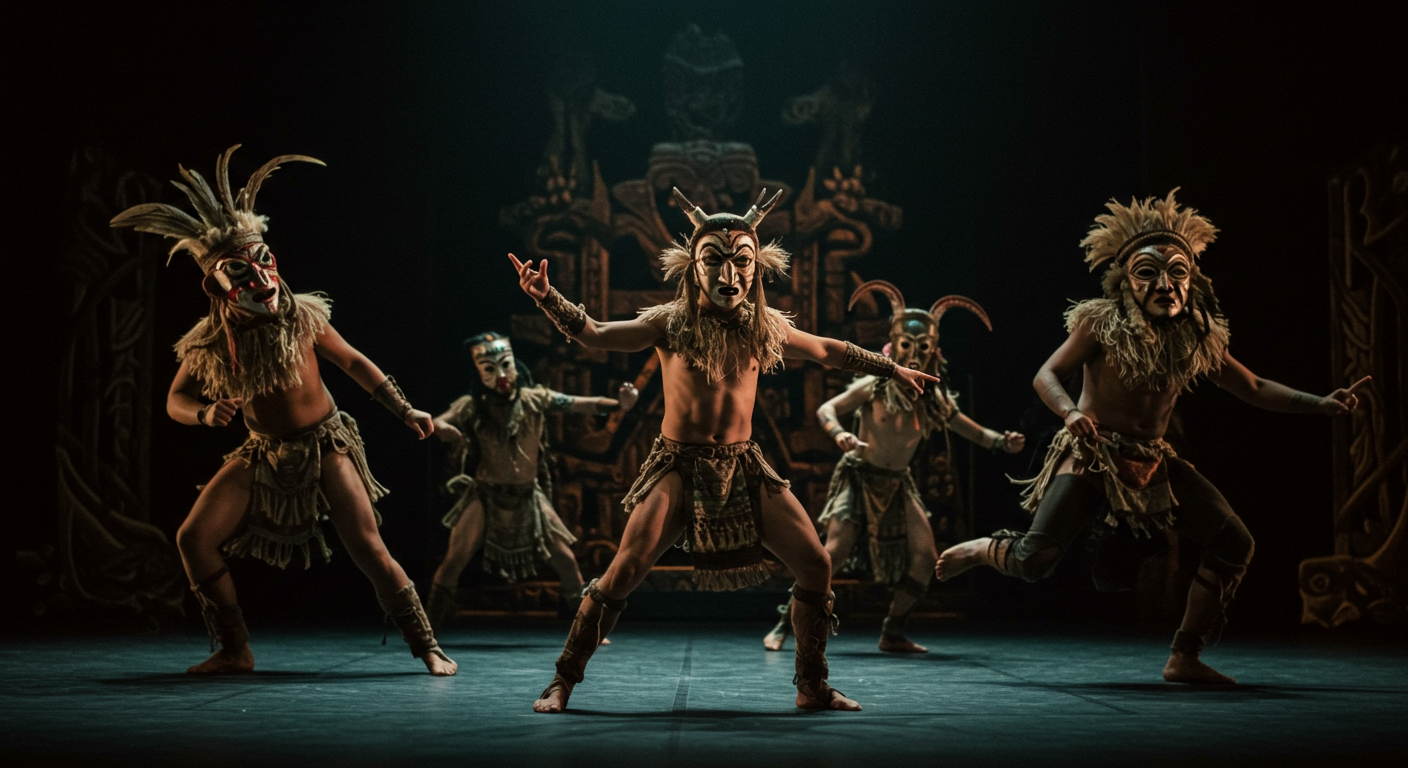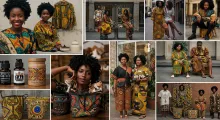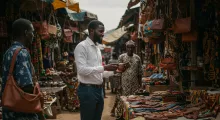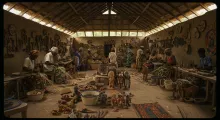In many African cultures, masks are more than art pieces — they are sacred vessels of ancestral power, social order, and spiritual energy. When paired with dance, music, and ritual, mask performances become transformative, immersive experiences where visual art comes alive.
The Cultural Significance of Mask Dances
Mask dances often serve to:
Invoke spirits or deities
Celebrate harvests or initiations
Mark rites of passage
Enforce justice or moral behavior
The wearer of the mask becomes a medium — embodying the entity represented.
Famous Mask Traditions:
Dogon Dama Dance (Mali) – A visually stunning funeral rite where masked dancers leap and whirl to escort the dead into the afterlife.
Eyo Festival (Lagos, Nigeria) – Though not a "mask" in the strict sense, the white-clad Eyo masqueraders perform dances symbolizing purity and peace.
Bwa Plank Masks (Burkina Faso) – Wide-eyed and geometric, these masks are danced in initiation ceremonies with dramatic body movement and drumming.
Modern Interpretations:
Contemporary choreographers in Senegal and the DRC are fusing mask dances with ballet and street dance.
Visual artists now create performance installations where mask dance becomes protest art.
Through mask dances, African art is not only seen — it is felt, heard, and lived.



